The AMIS Market Monitor provides a synopsis of major developments in international commodity markets, focusing on wheat, maize, rice and soybeans. The analysis is a collective assessment of the member organizations of AMIS concerning the international market situation and outlook.
Agricultural Market Information System (AMIS) Market Monitor December 2025
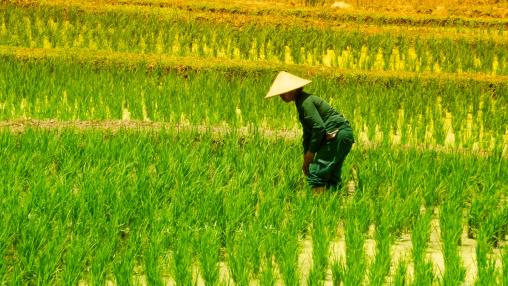
FAO Food Price Index, AMIS Market Monitor See Generally Declining Commodity Prices in October
The FAO Food Price Index fell 1.6 percent in October, driven by lower cereals, dairy, meat, and sugar prices. The October Index was 21 percent below its March 2022 peak.
Agricultural Market Information System (AMIS) Market Monitor November 2025
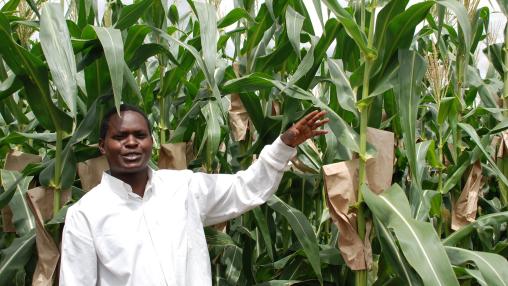
Cereal, Vegetable Oil, and Fertilizer Prices Continue Decline in September: FAO Food Price Index and AMIS Market Monitor Released
Reductions in cereal and vegetable oil prices contributed to a slight decline in the FAO Food Price Index in September. The Index remains nearly 20 percent below its March 2022 peak but rose 3.4 percent from September 2024.
Agricultural Market Information System (AMIS) Market Monitor October 2025
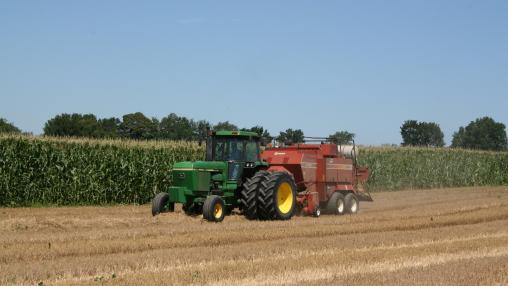
Staple food prices stable in August, but concerns over fertilizer prices, trade uncertainties remain
Global staple food prices remained largely stable in August, according to the latest FAO Food Price Index. The Index was nearly 7 percent higher than its August 2024 level but still well below the record high seen in March 2022.
Agricultural Market Information System (AMIS) Market Monitor September 2025
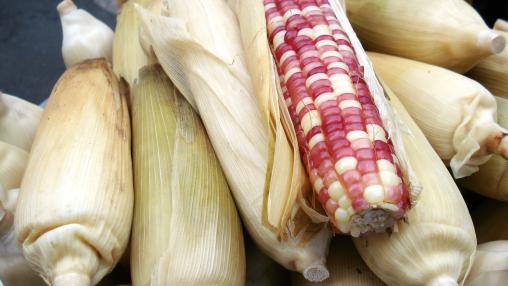
FAO Food Price Index Rises Marginally in June
The FAO Food Price Index rose marginally in June to reach nearly 6 percent above its June 2024 level. Declining cereal and sugar prices were balanced by increases in meat, dairy, and vegetable oil prices. The Index remained more than 20 percent below the high seen in March 2022.
Agricultural Market Information System (AMIS) Market Monitor July 2025
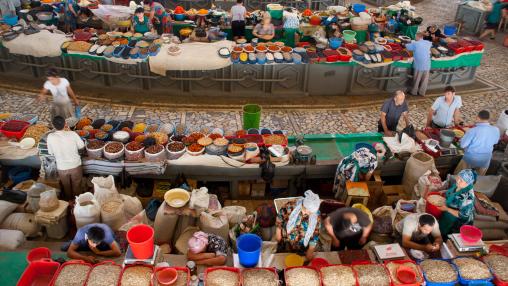
AMIS sees strong potential staple crop production in 2025, but trade, climate uncertainties remain
The FAO Food Price Index fell marginally in May but remained 6 percent higher than its May 2024 level. The decline was driven by falling cereals, sugar, and vegetable oils prices.